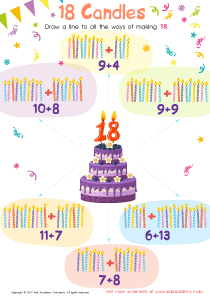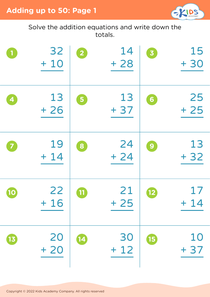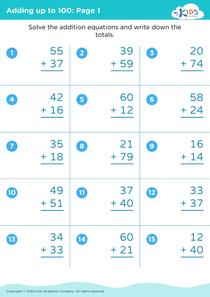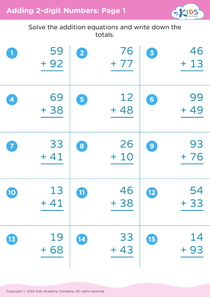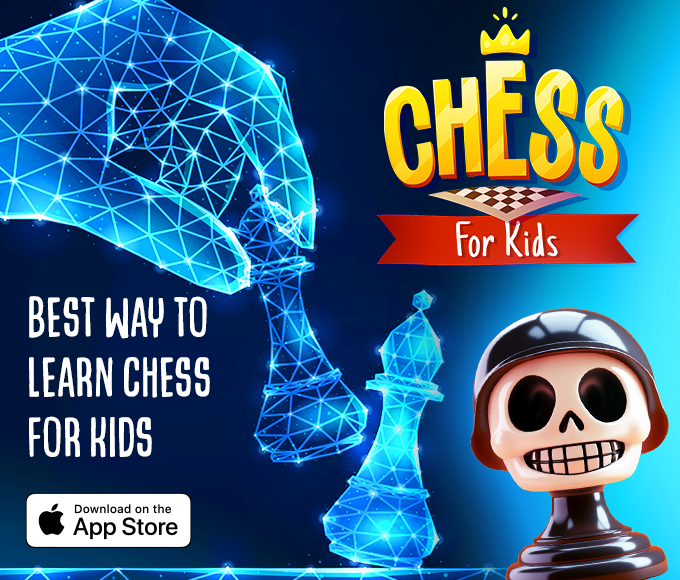Animal identification Adding Up to 5 Worksheets for Ages 5-6
27 filtered results
-
From - To
Explore our engaging "Animal Identification Adding Up to 5 Worksheets" designed specifically for children ages 5-6! These fun and vibrant worksheets not only enhance your child's math skills by reinforcing their understanding of addition up to 5, but also introduce them to various animals. Through colorful illustrations and interactive exercises, kids will practice identifying animals while solving simple addition problems. This captivating combination of learning encourages creativity and critical thinking. Perfect for at-home learning or classroom activities, our worksheets are a fantastic resource to make math enjoyable and meaningful. Start your child's educational journey with fun, hands-on math experience today!
Animal identification is an exciting and important topic for young learners aged 5-6. Parents and teachers should care about this subject because it fosters early literacy and scientific thinking. By learning to identify animals, children enhance their vocabulary and comprehension skills, as they encounter new names and characteristics that will enrich their language use.
Moreover, animal identification introduces fundamental math concepts such as counting and adding. For instance, children can practice adding up to five by counting the number of legs on different animals or the total number of animals in a picture. This hands-on approach makes learning math more visual and engaging.
Additionally, understanding animals deepens children’s connection to the natural world, promoting empathy towards living beings and raising awareness about biodiversity. When children learn about different species, they become more caring and responsible regarding their environment.
Through interactive activities like sorting or grouping animals, parents and teachers can create a fun and engaging atmosphere for learning. Overall, integrating animal identification with math skills not only enhances academic abilities but also nurtures curiosity and compassion, essential qualities for well-rounded young learners.
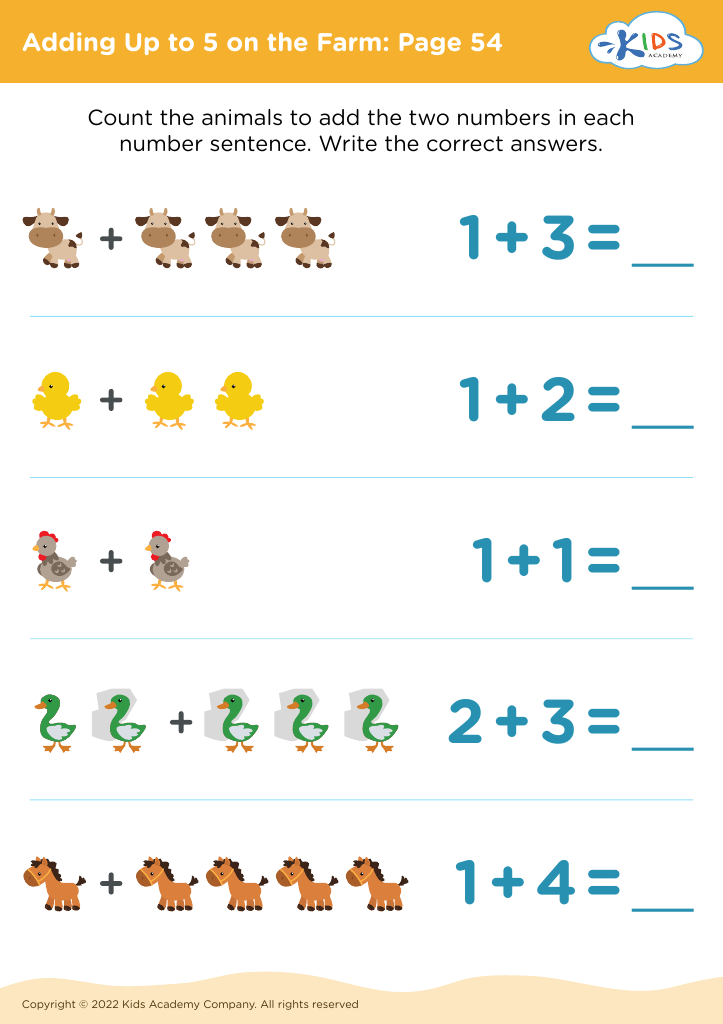


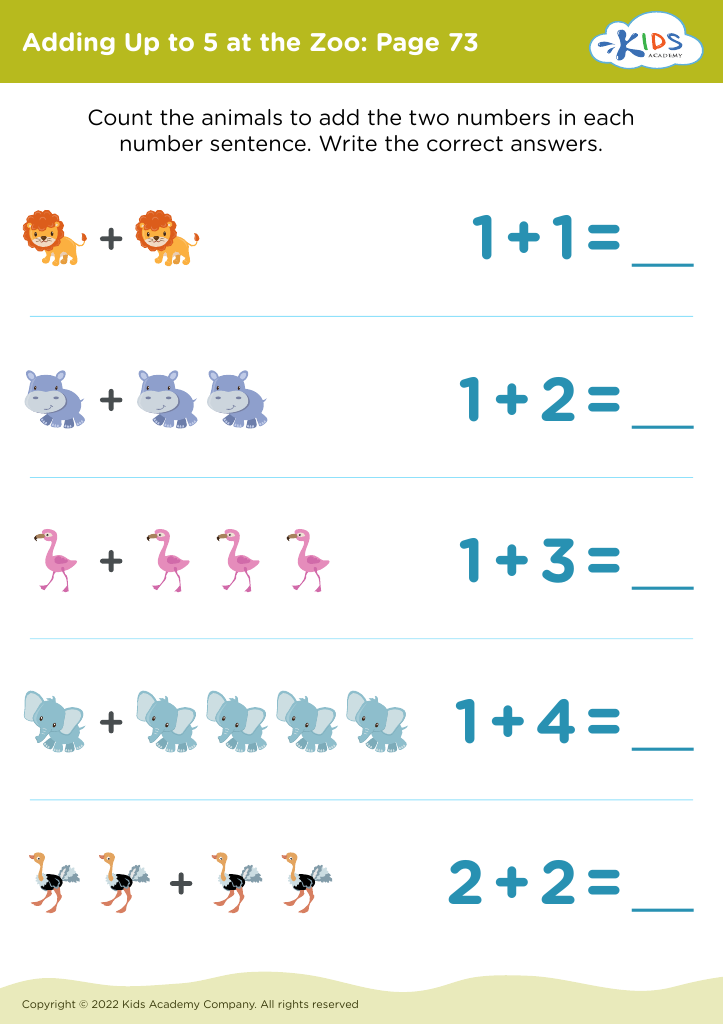
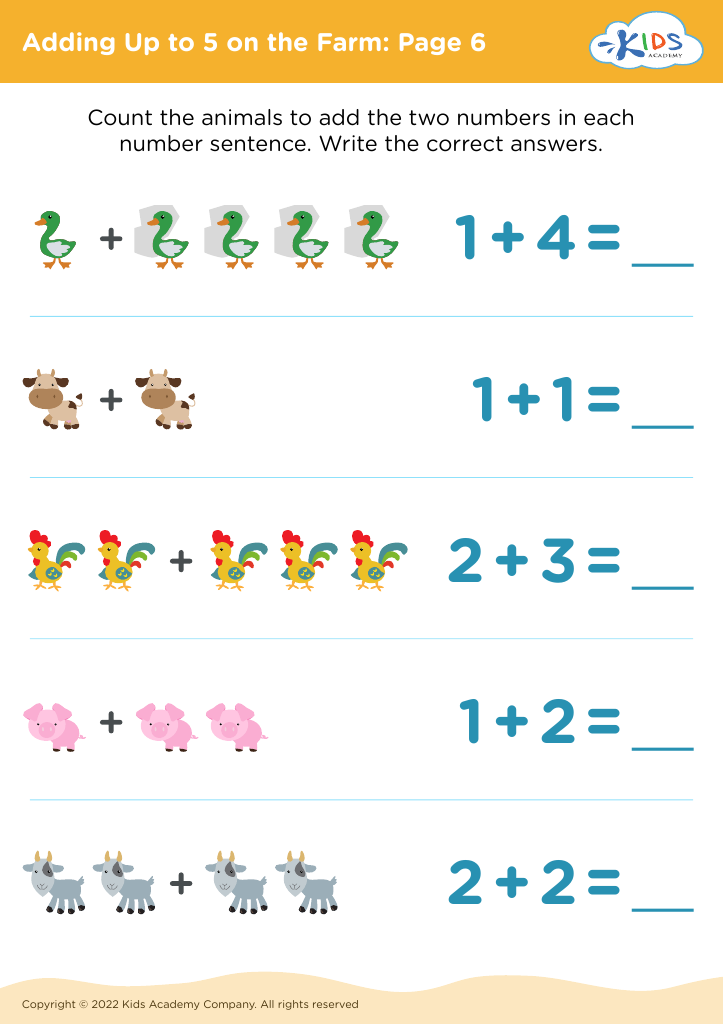
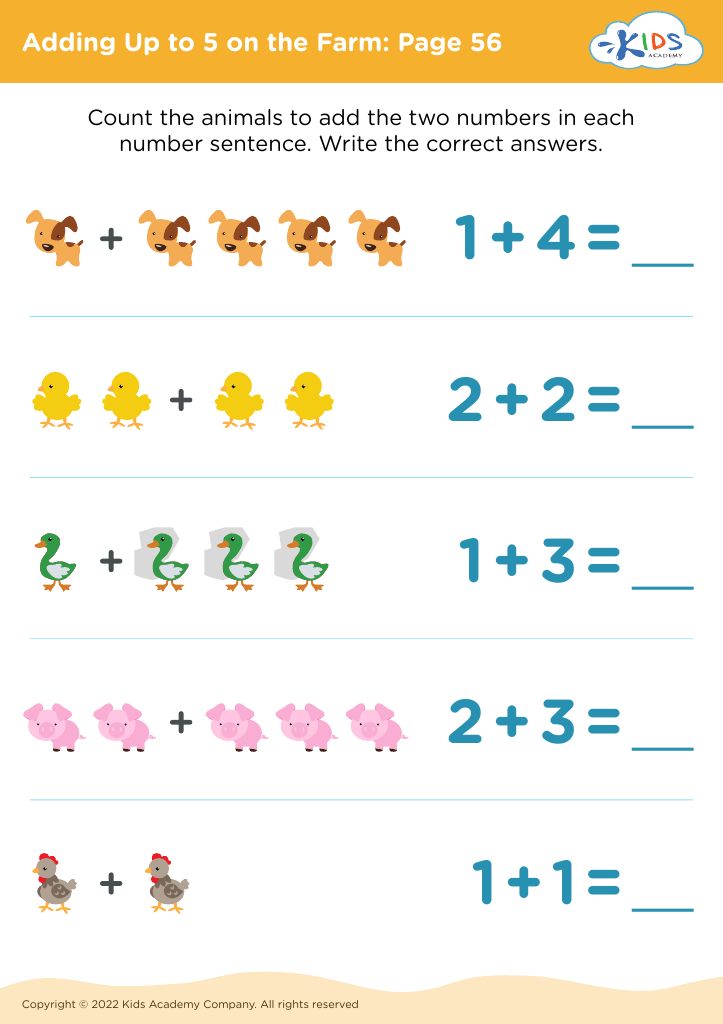


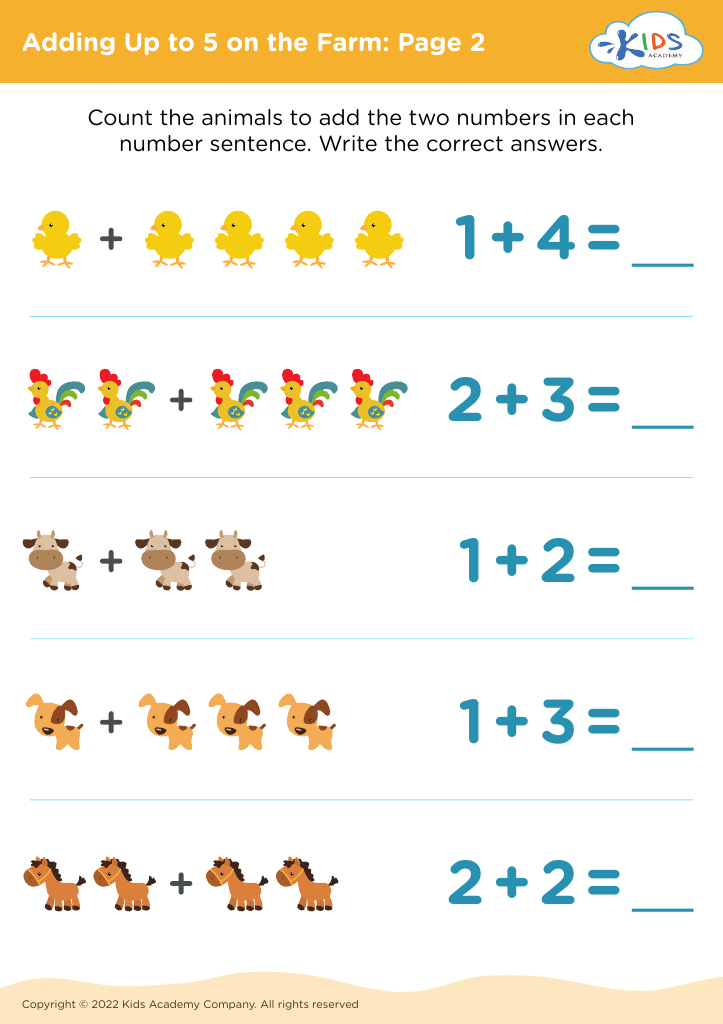
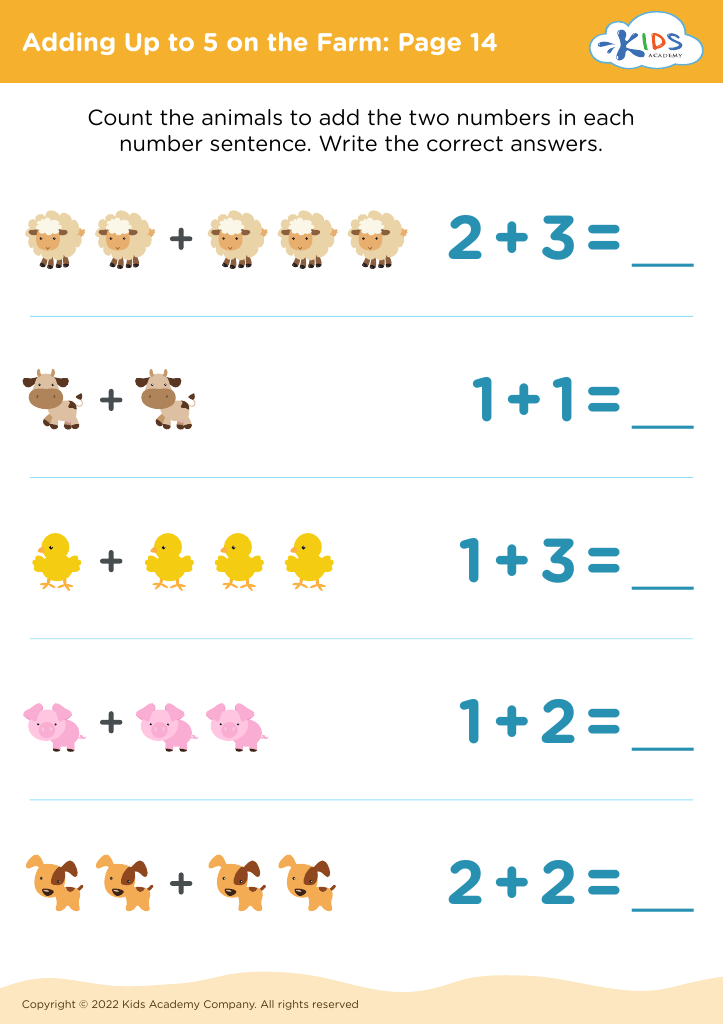
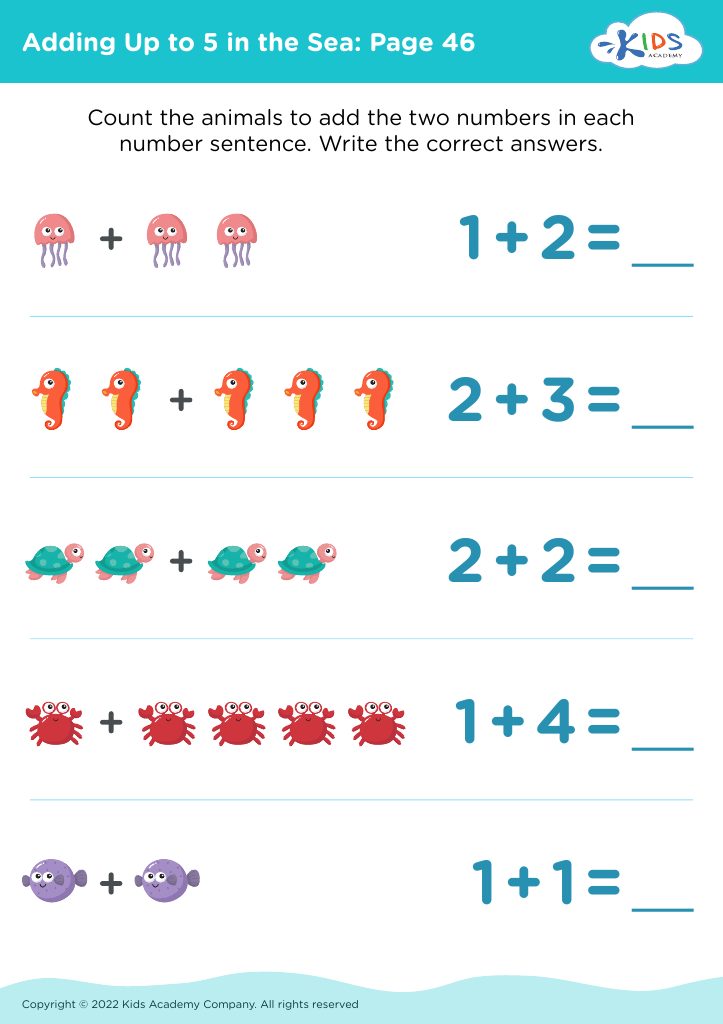
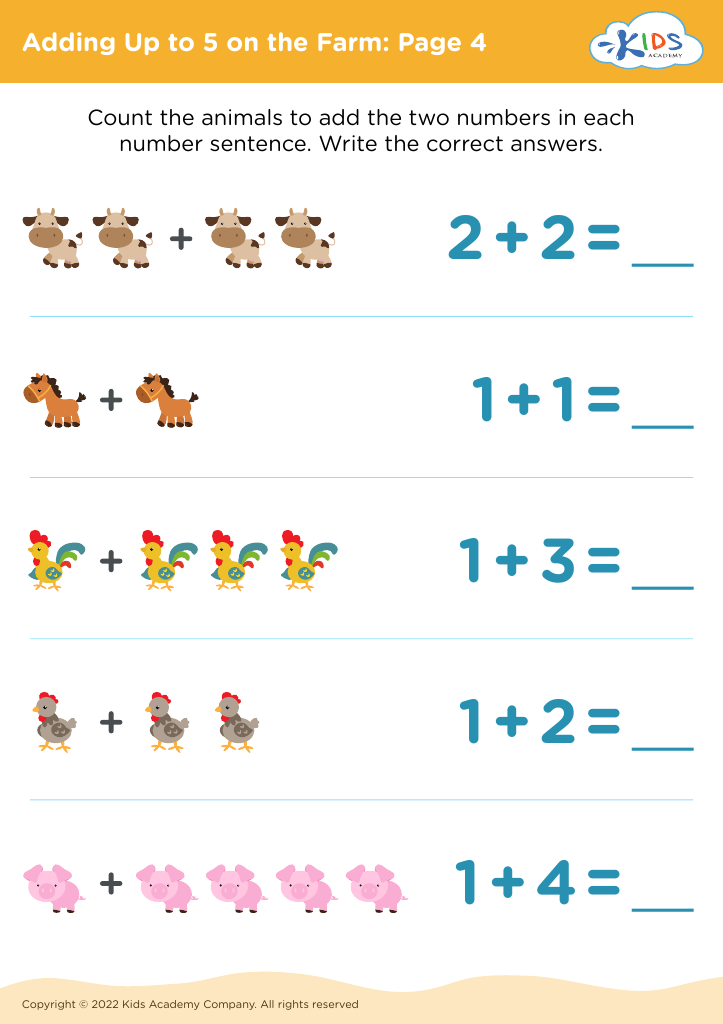
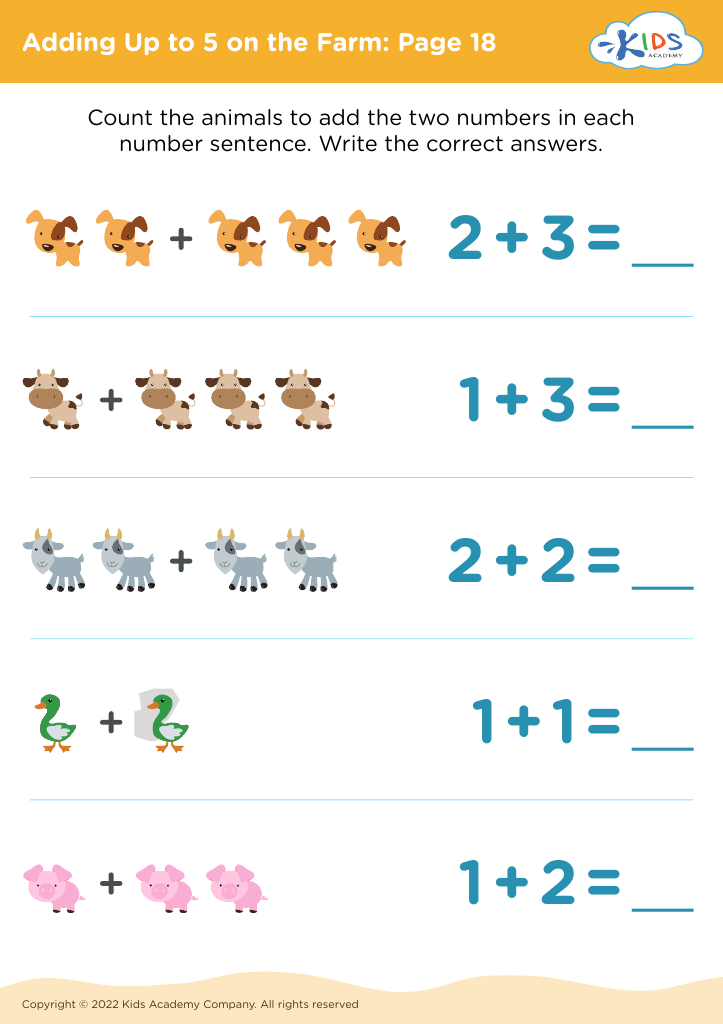
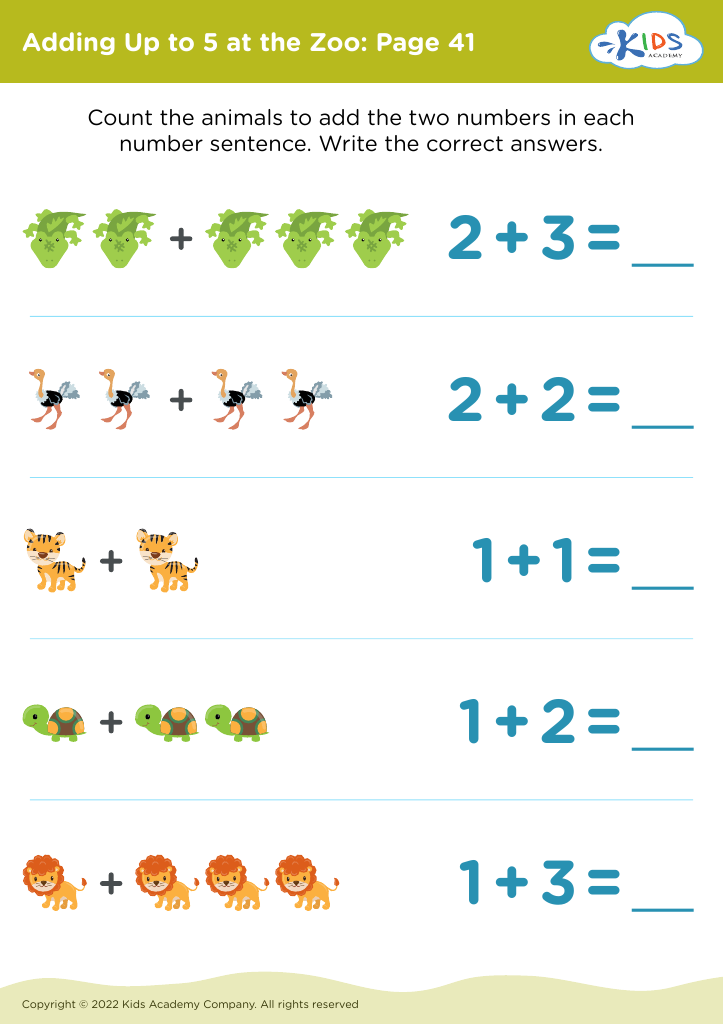
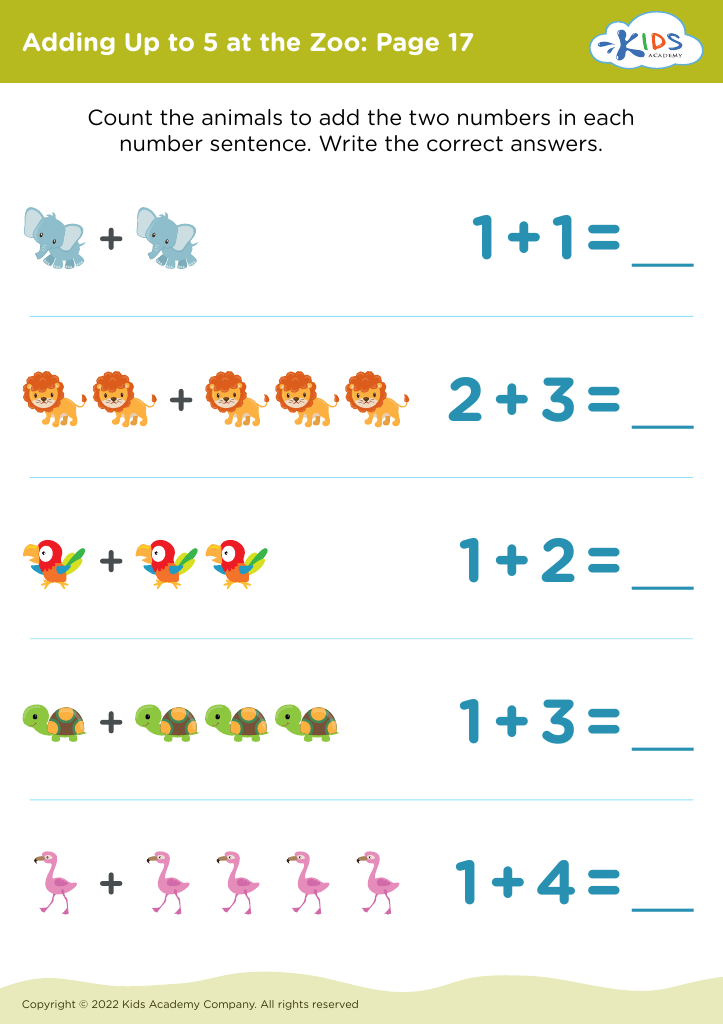
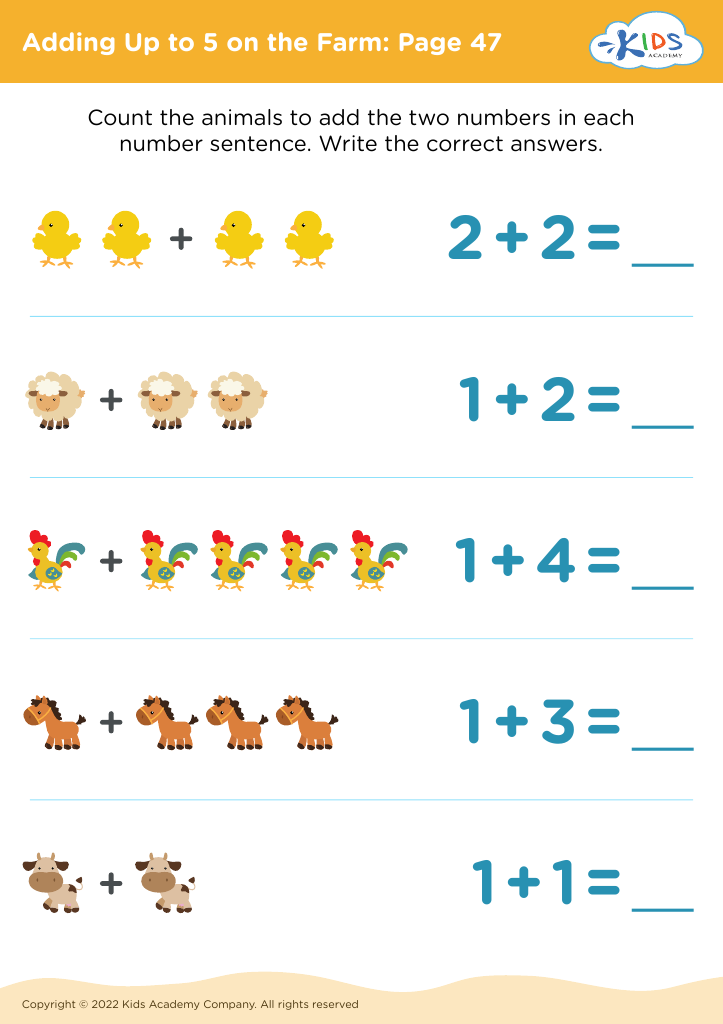
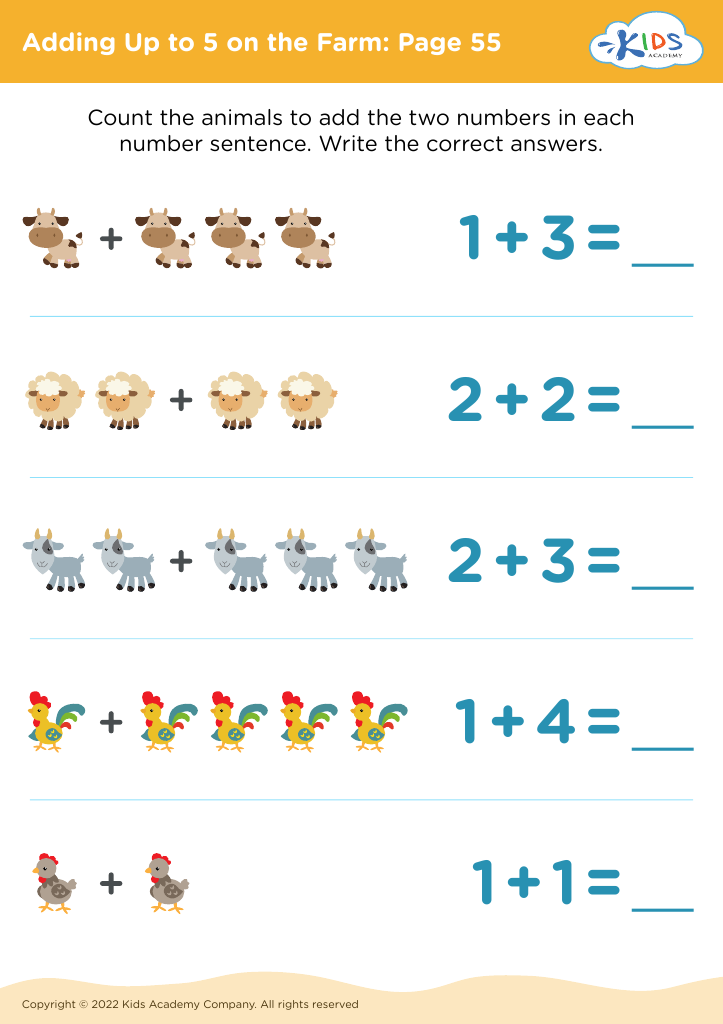
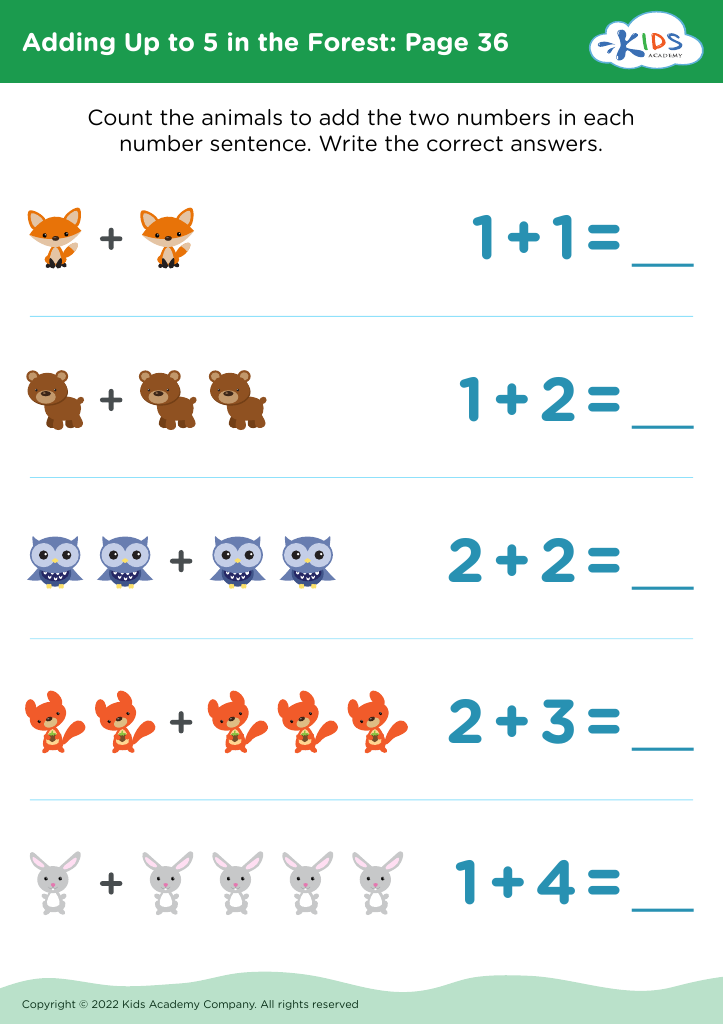
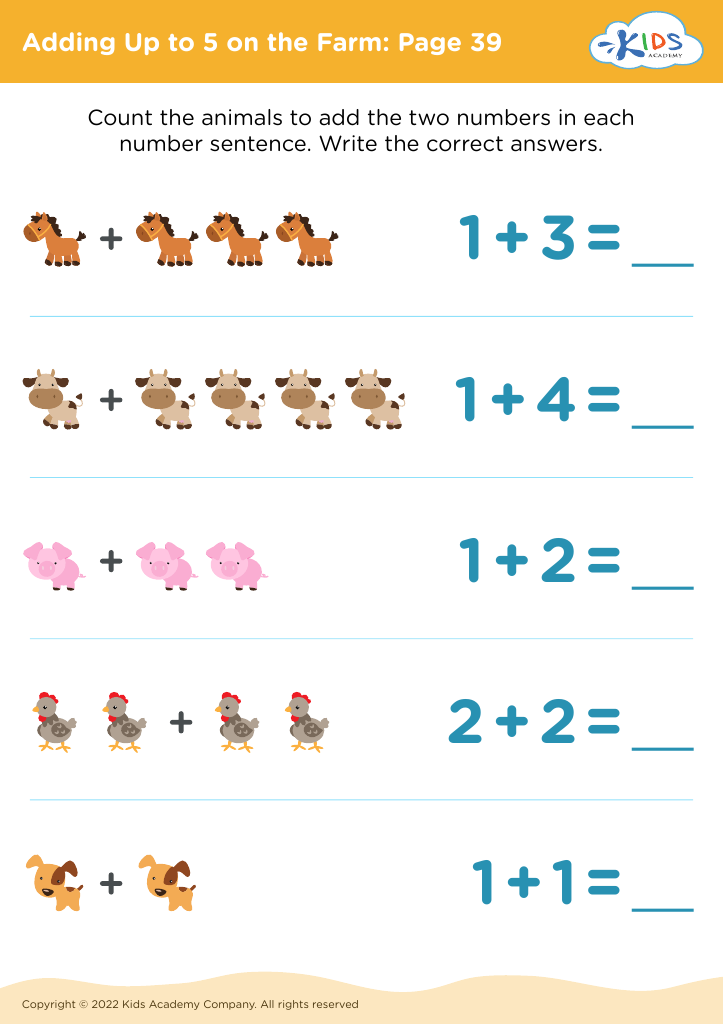
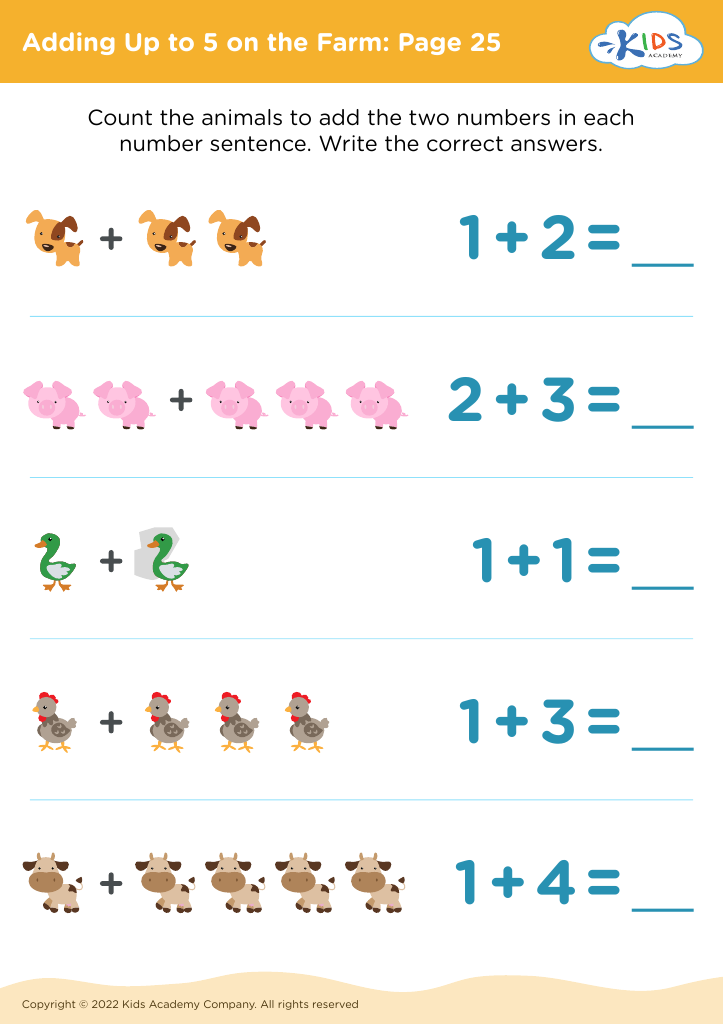
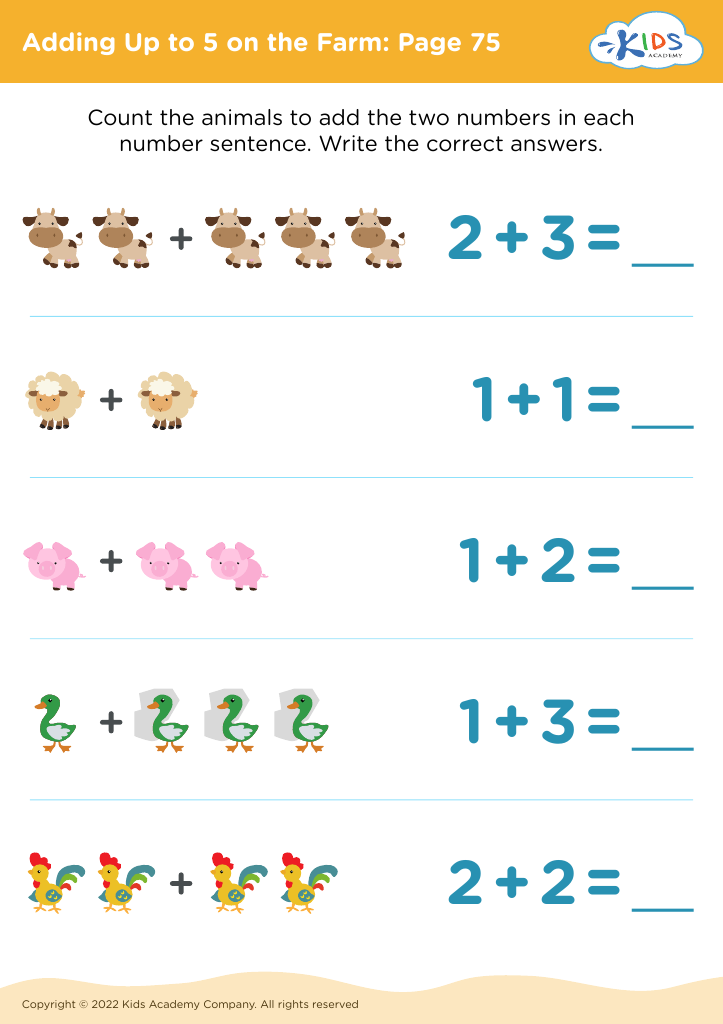
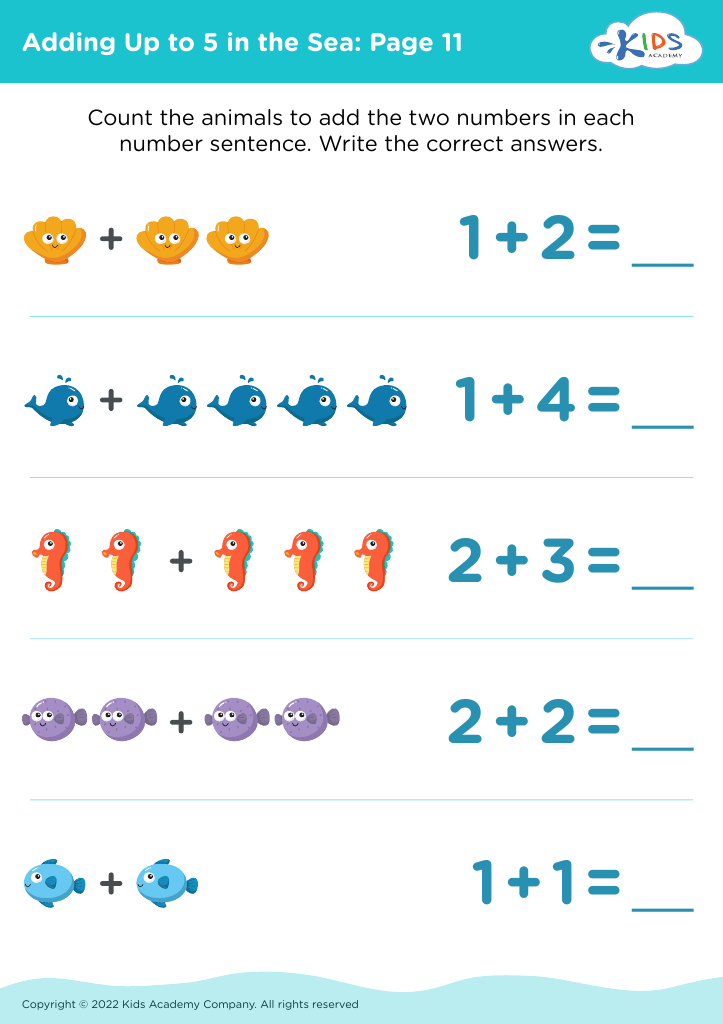
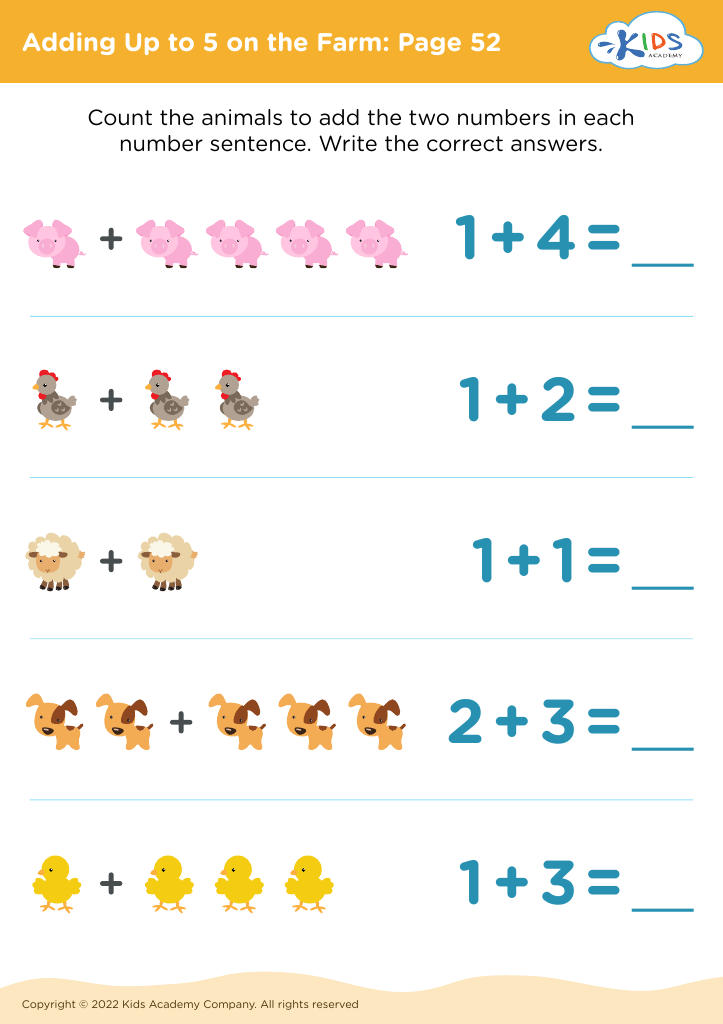

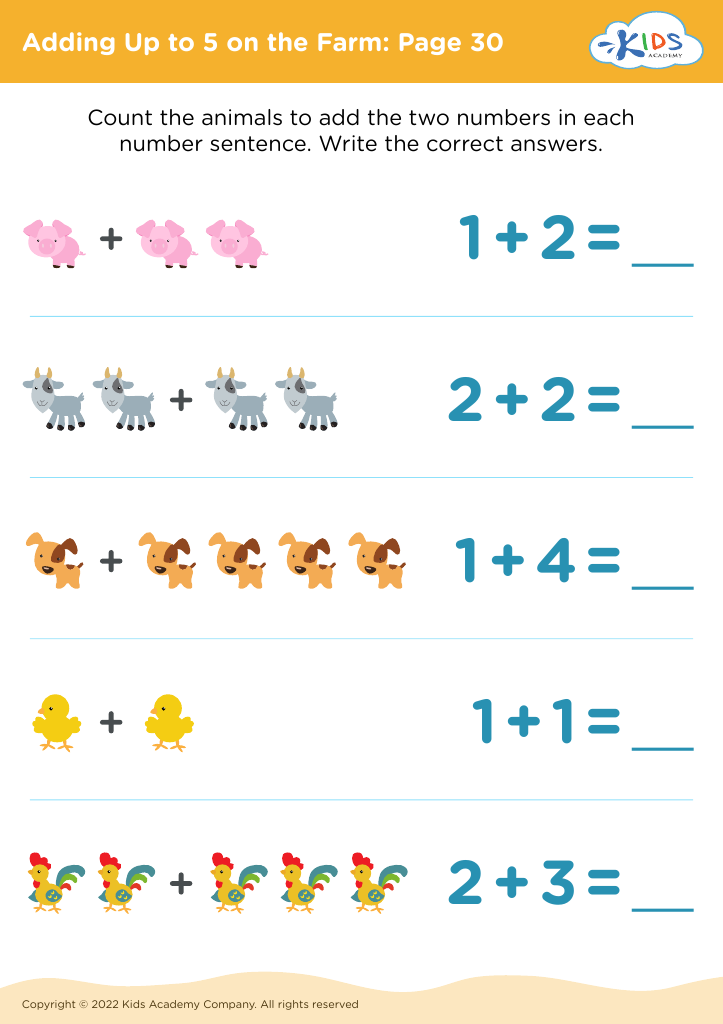
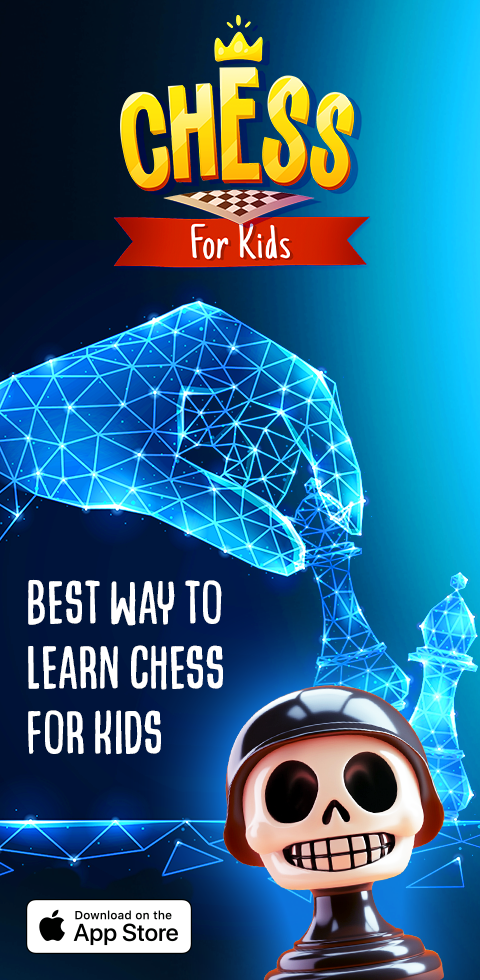




.jpg)

%20(1).jpg)

